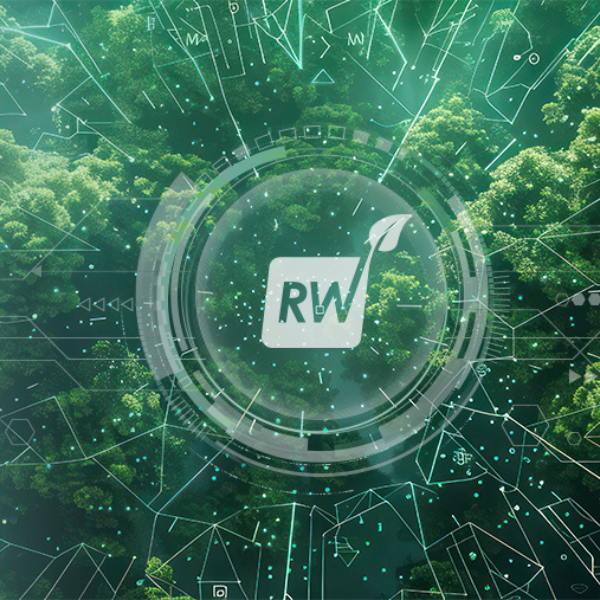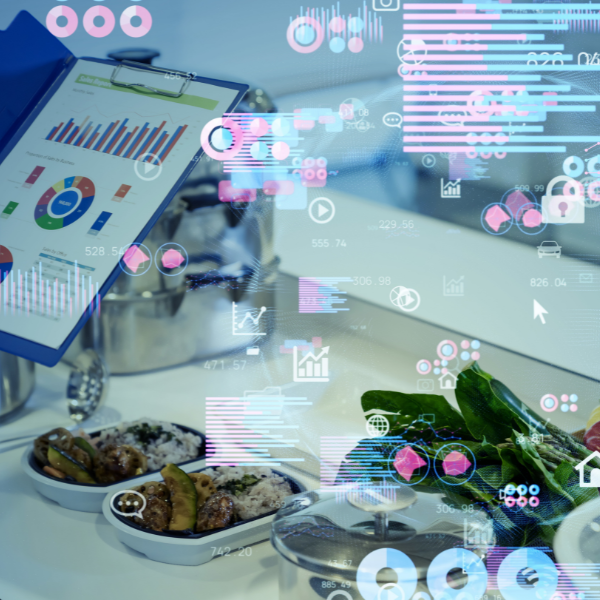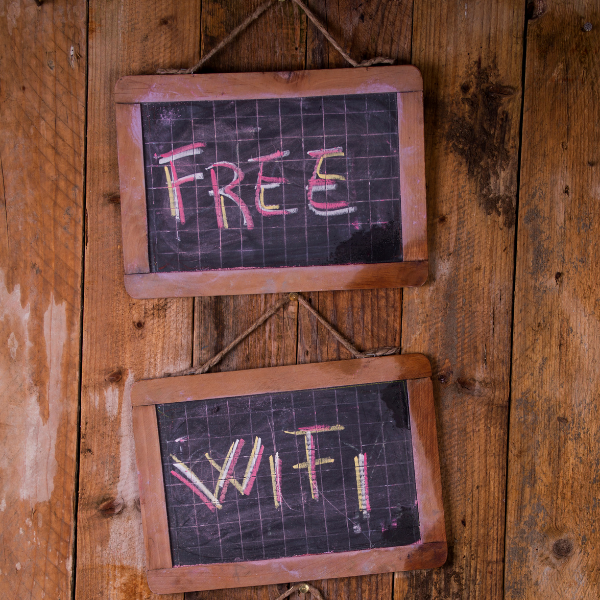
While the proposed increases have yet to fully materialize across contracts, the signals are clear. Pricing momentum appears to be shifting again—less than a year after CRB prices stabilized. Operators relying on CRB for folding cartons, beverage carriers, and other fiber-based foodservice packaging should be monitoring these developments closely.
Pricing Stability Showing Signs of Stress
The past several months have offered some stability for CRB buyers. April marked the second month in a row without a price increase, following seven months of steady gains. However, the hold may be temporary. Recent communications from paperboard mills suggest they are now preparing to re-engage in upward price actions.
One key reason for the renewed push: sluggish operating rates. According to analysts, some mills have been running below optimal capacity since late 2023, pressuring margins. Higher input costs, including energy and labor, have compounded the situation.
This margin compression is particularly acute in mills producing coated recycled grades, which rely heavily on post-consumer recovered fiber. With fiber collection rates uneven and logistics costs remaining elevated, mills are facing challenges in securing both stable supply and favorable economics.
What Foodservice Operators Should Watch
Distributors and purchasing managers in the foodservice sector should remain alert to the following:
Contract timelines: Some buyers locked in pricing during late 2023 or early 2024. Those contracts may now be nearing expiration.
Lead times: If mills anticipate higher demand in the coming months—or reduce output to support pricing—longer lead times could impact availability.
Input mix: Operators sourcing custom or high-graphic cartons may be particularly exposed, as premium CRB grades often see sharper price swings.
For restaurant groups and multi-unit operators focused on sustainability, the tension between maintaining recyclable packaging and managing rising fiber costs may resurface. CRB remains a popular substrate for food-safe and environmentally responsible formats, but its economics are increasingly volatile.
No Sign Of Market Correction Yet
Despite a flattening in CRB pricing over the last two months, there are no broad indicators that a price correction is underway. Inventories remain relatively lean, and no significant new capacity is expected to enter the North American market in the near term. Unless demand softens sharply, mills are likely to hold firm on proposed increases.
Fastmarkets notes that while some converters may resist the full amount of the hike, pricing discipline among major mills appears stronger than in previous cycles. Smaller producers may follow suit to avoid margin erosion.
Bottom Line For Buyers
With potential price adjustments looming in May, now is the time for foodservice buyers to revisit packaging forecasts, talk to suppliers, and assess opportunities for value engineering. Maintaining CRB as a core substrate may remain viable, but operators should prepare for increased costs in the quarters ahead.






